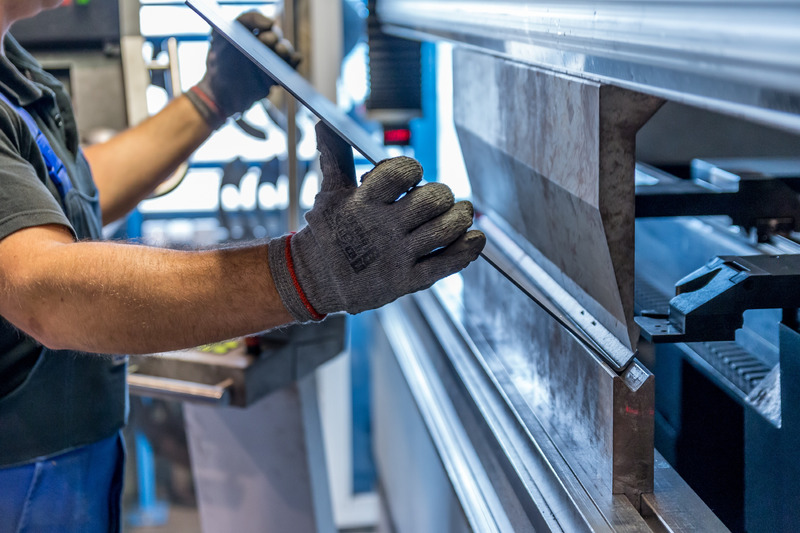February 6, 2023
All downside factors that have materialised in the first half of last year have persisted, continuing to impact the European steel market. Apparent steel consumption is forecast to see a deeper-than-expected drop of -4.6% for 2022 (previously set at -3.5%). The outlook for 2023 also remains negative (-1.6%), paving the way for the fourth steel demand recession in five years. A modest recovery will be in sight in 2024 (+1.6%), though subject to high uncertainty. Despite a more general resilience of the EU economy, in the third quarter of 2022 apparent steel consumption reached its lowest level after the pandemic.
“We are witnessing what we have been warning against in the past months: energy crisis, inflation, supply chain issues, unparalleled decarbonisation costs combined with massive cheap imports from third countries, are a toxic cocktail for industry. The health of the steel sector is the litmus test for the whole EU industry, given the numerous value chains with steel at their core”, said Axel Eggert, Director General of the European Steel Association (EUROFER). “This should ring the alarm bell for the development prospects of Europe’s clean tech economy: for it to be successful, its foundations must lay on and boost EU green steel demand. The U.S. has already addressed this, as the Inflation Reduction Act clearly shows”, he added.
EU steel market overview
In the third quarter of 2022, apparent steel consumption plummeted again (-11.2%), recording the lowest volume since the pandemic (32.2 million tonnes). Further significant drops are expected also in the last quarter of 2022 and at least until the first half of 2023, most likely leading to two consecutive recessions (-4.6% in 2022 and -1.9% in 2023), which will be the third and the fourth respectively in only five years. A better outlook is due in 2024 (+1.6%), but it will remain conditional on the evolution of energy prices, Russia’s war in Ukraine and their impact on inflation and global supply chains.
In parallel with sluggish demand, domestic deliveries collapsed as well (-10.5%) for the third consecutive quarter. So did imports, recording a sharp decrease (-17.2%) reverting for the first time the expansionary trend which was uninterrupted since 2021.
EU steel-using sectors
A stronger-than-expected resilience of steel-using sectors has allowed for the continuation of a steady growth trend (+4% in the third quarter), started after the pandemic. The good performance of construction, mechanical engineering and transport sectors – especially automotive, experiencing a marked rebound (+20.7%) -, could offset the negative dynamic of domestic appliances (-0.3%). Steel-using sectors’ growth is expected to come to an end in the fourth quarter of 2022. However, 2022 should still see a general output expansion (+2.1%).
The consequences of high energy prices, the continuation of the war in Ukraine and its related disruptions, are set to drag on and weigh more heavily in the first half of 2023. This could lead to the second recession (-0.6%) in Steel Weighted Industrial Production (SWIP) since 2013. A gradual recovery is expected in 2024 (+1.6%), if a positive scenario is confirmed and confidence is back.
Source: European Steel Association EUROFER
Legal Notice: The information in this article is intended for information purposes only. It is not intended for professional information purposes specific to a person or an institution. Every institution has different requirements because of its own circumstances even though they bear a resemblance to each other. Consequently, it is your interest to consult on an expert before taking a decision based on information stated in this article and putting into practice. Neither Karen Audit nor related person or institutions are not responsible for any damages or losses that might occur in consequence of the use of the information in this article by private or formal, real or legal person and institutions.






